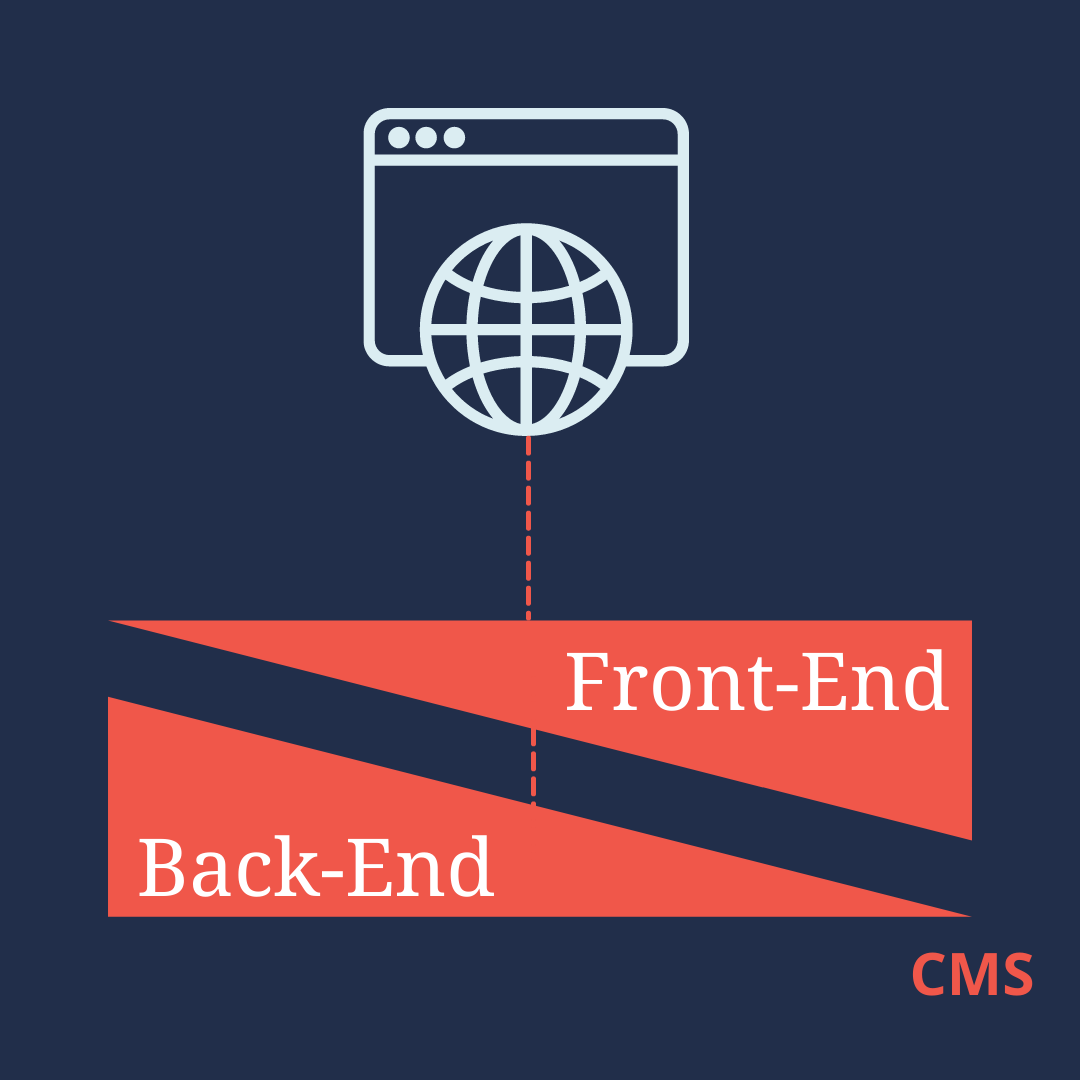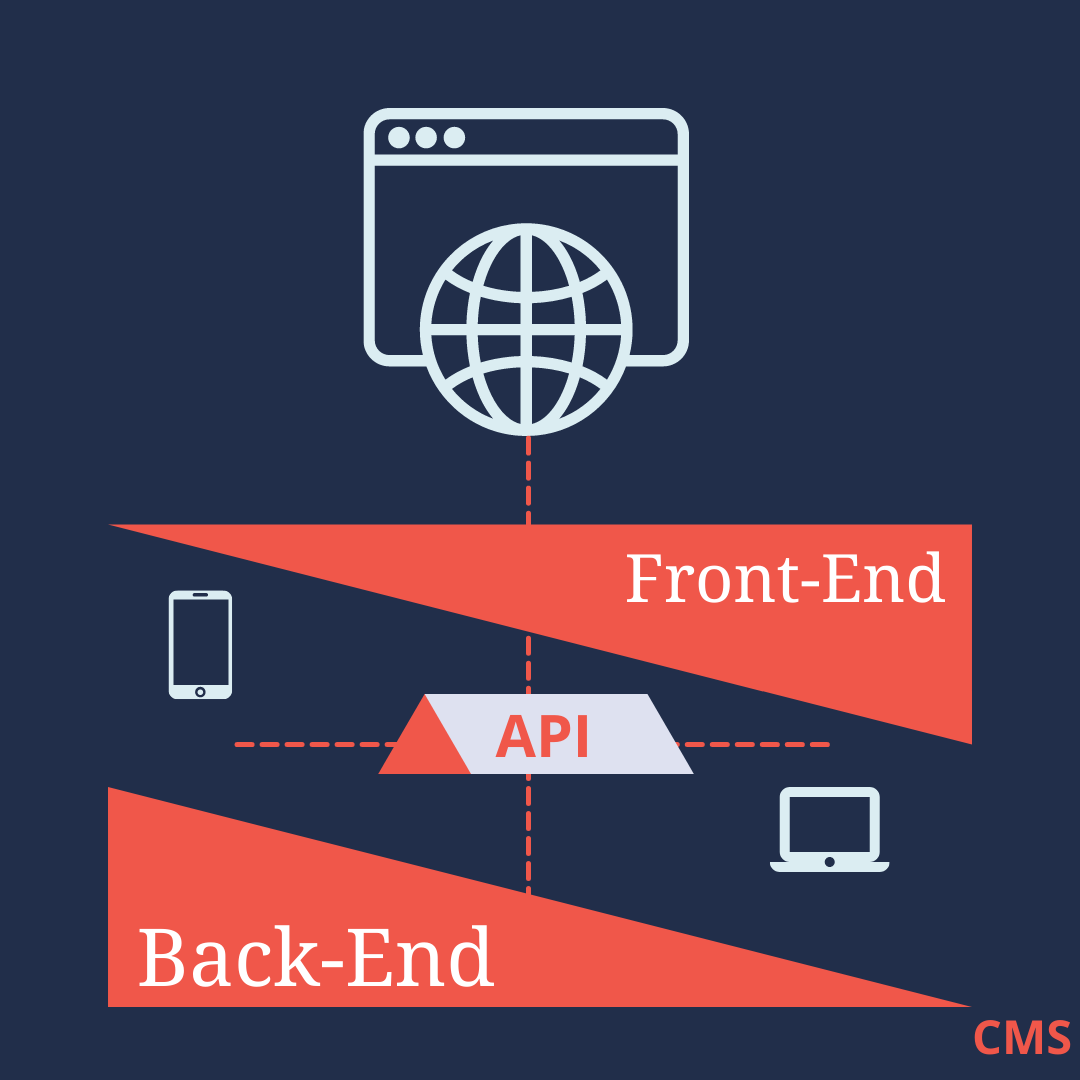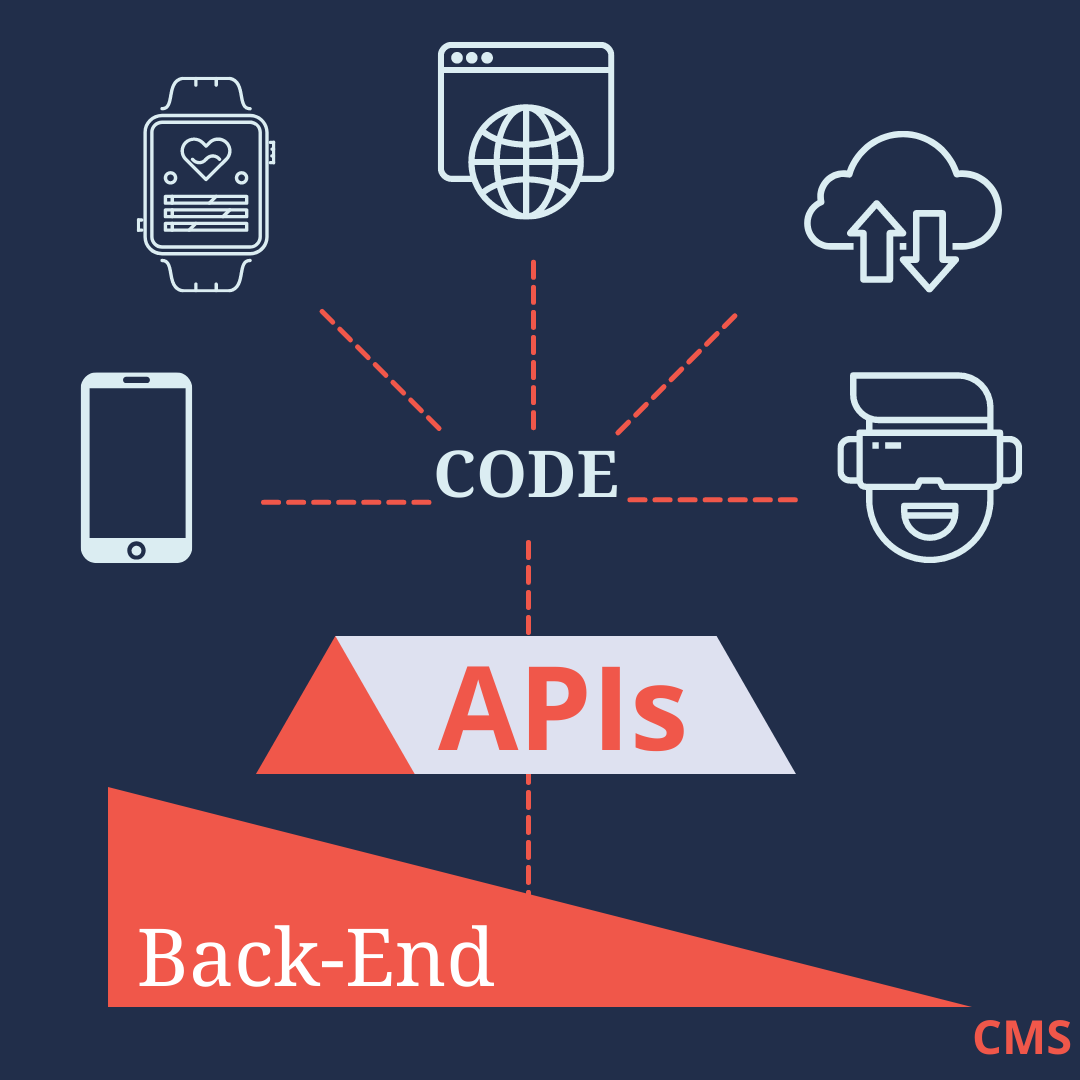The end of Universal Analytics is almost here - are you prepared?
As the digital landscape evolves, so does the fate of Universal Analytics (UA). On 1st July 2024, Google will decommission UA, ushering in the era of Google Analytics 4 (GA4).
As you may know by now (as a frequent browser of ClerksWell’s blog), a CMS is a content management system that helps users to create, manage, and modify their own digital content, without the need for technical expertise. It does this through a tight connection between the back-end (the sever, application & database) and the front-end (the user interface) of the website/CMS system. In other words, it assists users in building their websites from the ground-up using templates and pre-developed items, to save the user the trouble of developing.

A traditional/monolithic CMS architecture does exactly this, and ties together the front and back ends of the website. This means that both ends work within the same system, which although creates a high level of manageability, and ease of use, it limits other creative options. For example, your content will not be reusable across digital channels (from your phone to your web browser for example), because of the strength of the back-end/front-end connection. Therefore, this CMS architecture is not suitable for larger companies with multiple platforms or a strong digital presence.
On the next level on our way to a headless architecture, we have the de-coupled CMS. These systems take a traditional architecture whereby the front and back-end are closely linked and insert an API to break this. The API (application programming interface) basically offers an additional interface, in which there is better flexibility and creativity with designs. Furthermore, this additional interface acts as a base for content, which makes reusability across channels an option for the user. APIs are great for companies who started with a traditional architecture, but now want to expand their website/content personalization.
Check out our work with Phoenix to see how we can help you achieve that!
And finally, we arrive at our destination of the headless CMS. The architecture of a headless CMS is such that it is back-end only. Whereas the traditional and the de-coupled CMS tie together the back and front-end, the headless architecture is built simply as a content repository, accessible to the author at any time or stage of the build. The back-end therefore becomes a content storage and management device, but with no predefined front-end. The content in this ‘storage’ is accessible via an API.
While this may seem daunting as it does mean a lack of templates and design themes, it also means total content and brand personalisation. It means that you can be creative in your content display and personalise your customer’s digital journey. It also means that content from this ‘storage’ can be applied to any device and any digital channel, from web to phone to VR headset, with no fuss whatsoever.



Times are changing, and digital-first is the new normal. Customers are expecting more sophisticated content, and to stand-out as a business you need to stay ahead of the digital curve. Not only do you need creative, responsive, and interactive content, but you also need to be able to deliver it everywhere. A headless CMS is the way forward, and luckily for you, ClerksWell are experts! As Sitecore and Umbraco gold partners, we can administer either platform to your business, and provide training for you and your team .With us by your side, you’ll be using a headless CMS to create beautiful content, display it anywhere, and most importantly, give your customers a personalised, consistent, and enjoyable digital experience. This business, author, and user freedom could lead to better audience understanding, better branding and/or better service.
To summarise, a headless CMS architecture creates ample opportunity for your company to expand its digital presence, and, through simple mechanisms, allows for creativity, omnichannel support, and a future-proof content operation for the everchanging digital world. If you’re ready to use a headless CMS or want to know more about our technical expertise & services, head over to this page for more information.
As the digital landscape evolves, so does the fate of Universal Analytics (UA). On 1st July 2024, Google will decommission UA, ushering in the era of Google Analytics 4 (GA4).
Our PCI compliance services.
Read more about Sitecore's recent release of version 10.4 as evaluated by Sai Makala, one of our Sitecore experts.